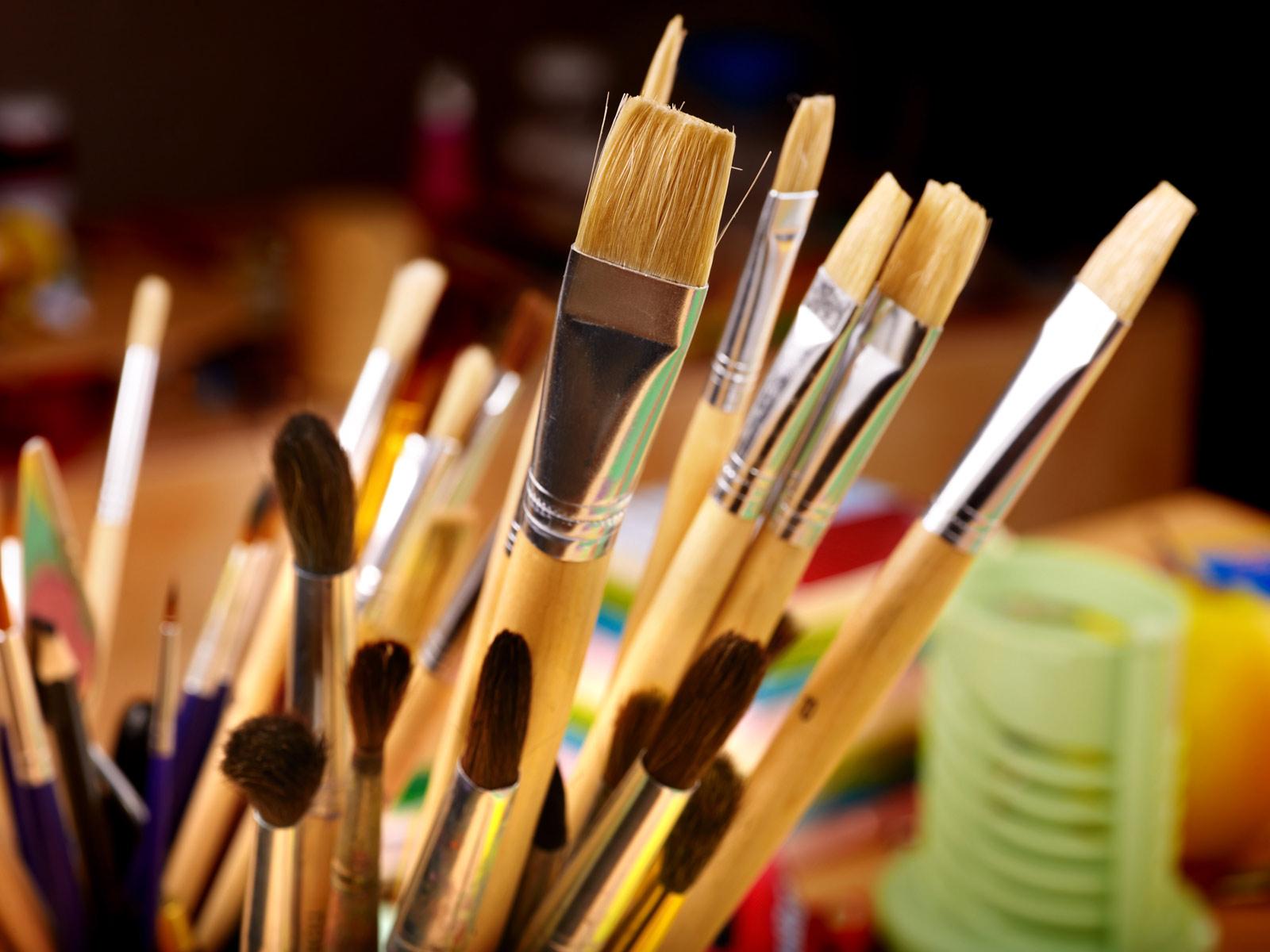
Why and Try
Documenting the Thinking Process
WHY
Differentiation
When kids are clear that the thinking is what matters, then teachers can help students find the best way to share what they know. Do they want to do an oral presentation? Can they write about their findings? Would a poster be the best way to express their knowledge? Students learn to be flexible in their thinking about what is the right tool for each job.
Documentation
How we begin to recognize, reflect upon and deepen our thinking when we document it
Some examples of documentation:
- Reflect on what you saw on a field trip: Written reflection makes kids think a little deeper about why it was important to leave school for a different experience. How did it connect to what they are learning in school?
- Make a plan before beginning a project: The thinking that needs to go into the plan helps students work through some of the possible problems ahead of time and makes them more focused when moving to a 3D object/construction.
Demonstration
How can we articulate our thinking in a way that not only makes sense to the individual but also to the intended audience - teachers, fellow students, a performance
Try
Here are some possible apps to use:
Camera
Strip Designer
Explain Everything
Try
Working in groups, the participants had to make a musical instrument out of basic classroom supplies (cardstock, rubber bands, paper clips, etc.) and document their process.
What We Learned
Here are some direct quotes that we heard during the process:
You got to turn it around...
That's a math brain at work!
I've always wanted to learn how to do this!
This is really good fine motor work...
This is so far outside my comfort zone!
Oh it does that?!
We could record the sounds...
That's a completely different sound... and smoother...
That would make it beautiful!
We added some beads which changed the sound.
This is collapsing on me...
That would make it more beautiful!
We need rubber bands!
Rubber bands give it a different sound.
It's very cool!
After making an instrument, groups shared the process. Some groups annotated photos, shared them on the white board, and discussed each person's role in the group. Other groups just talked about the process and shared their instrument.
We reflected that the process was similar to when children work together in class. Some talk more, some write more, some are comfortable speaking in front of a group, some would rather listen and observe.
The presenters
Denise Coffin @teamcoffin coffind@sidwell.edu
Eve Eaton @EveGEaton eatone@sidwell.edu








